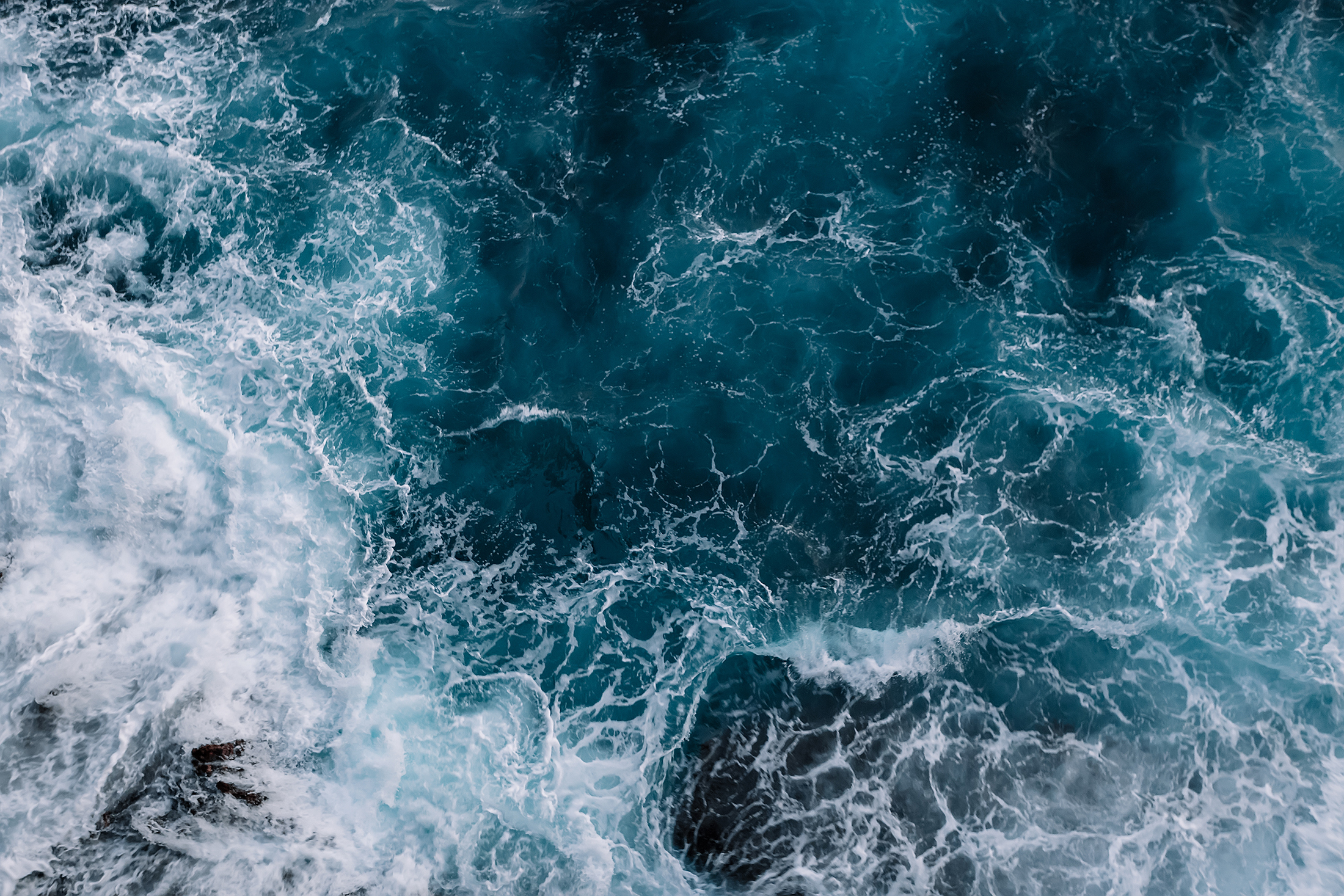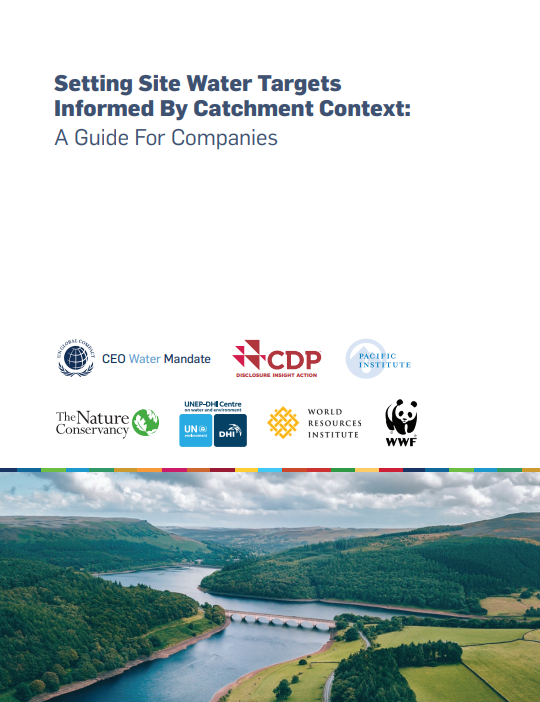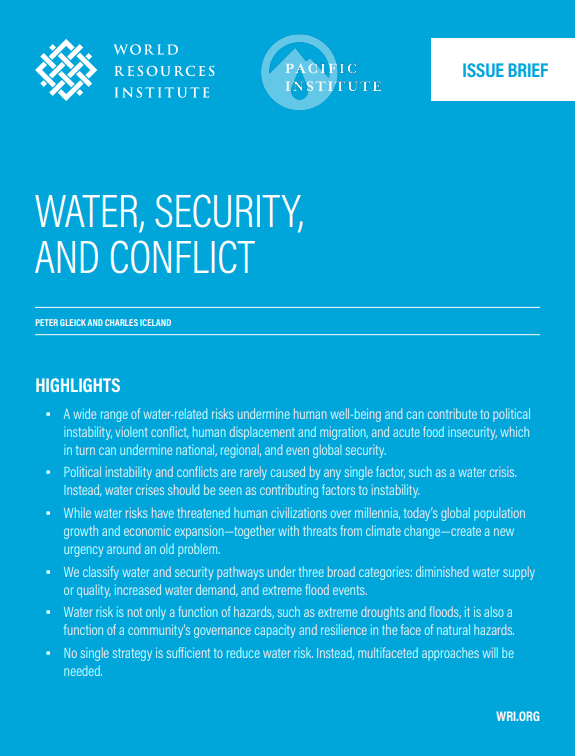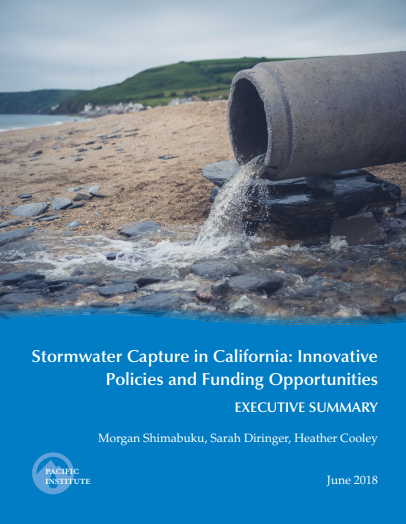1467 Resources
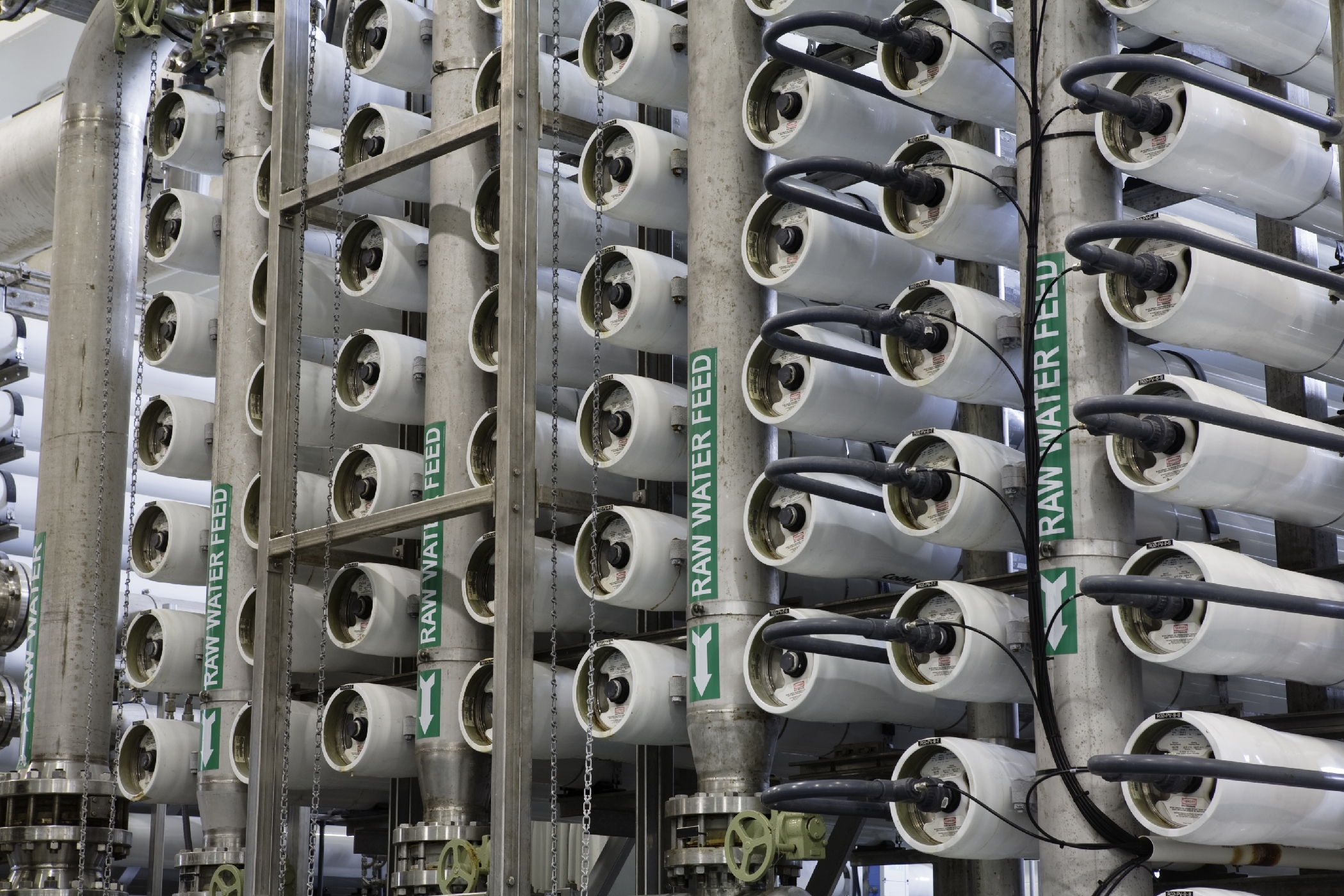
Desalination and Alternative Supplies
March 18, 2013 | post
Traditionally, freshwater has come from rivers, lakes, streams, and groundwater aquifers. As demand increases and climate change alters the location and timing of water supply, these traditional sources are becoming unavailable, more difficult, or increasingly expensive to develop. As a result, many communities are switching to alternative sources of water, including rainwater, stormwater, greywater, reclaimed water, and brackish and seawater desalination.

Business and the Human Right to Water
March 18, 2013 | post
Expectations for businesses to respect and in some cases help fulfill internationally recognized human rights have increased over the past decade. In turn, businesses also recognize how important appropriate management systems are in order to respond to these expectations and to protect core resources needed in their own business practices.

Water Quality
March 18, 2013 | post
Surface water and groundwater are not always static in their natural reservoirs. The water particles are always moving either vertically, laterally, or a combination of both through the banks and bottom of the reservoirs.

Water Privatization
March 18, 2013 | post
In the past two decades, water privatization — turning over some or all of the assets or operations of a public system to a private company — has been growing rapidly, as has concern and opposition to privatization.

Alliance for Water Stewardship
March 17, 2013 | post
Solving water challenges worldwide cannot be achieved through policy responses alone. Indeed, complementary sustainability strategies rely on economic tools (i.e., market-based instruments) that incentivize voluntary improvements in practice.
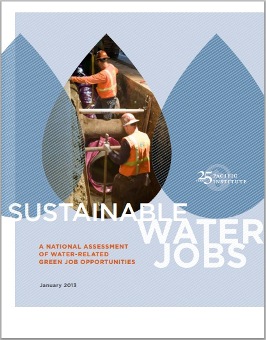
Sustainable Water Jobs: A National Assessment of Water-Related Green Job Opportunities
February 14, 2013 | publication
This comprehensive study finds that investments to increase efficient water use and reuse will both address growing problems associated with drought, flooding, and contamination, and simultaneously create jobs in a wide range of professions.

Notes from the Field: What We Know about Indonesian Urban Residents, Water Utilities, Local Government Agencies and NGOs at the Beginning of Our Third Year Developing WASH SMS
February 5, 2013 | post
Coming together is a beginning; keeping together is progress; working together is success. – Henry Ford.
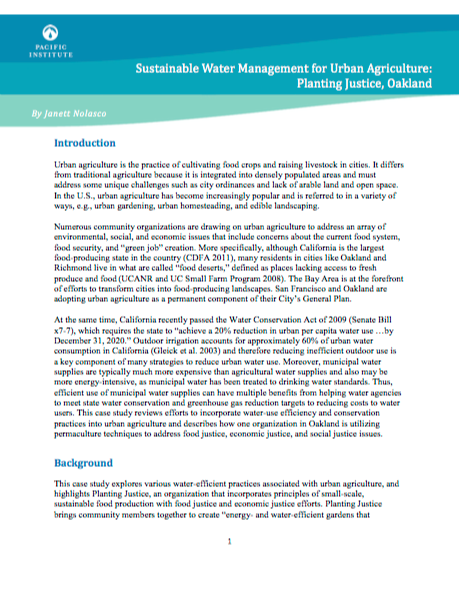
Sustainable Water Management for Urban Agriculture: Planting Justice, Oakland
January 30, 2013 | publication
The food justice movement has deep roots in the San Francisco Bay Area, where the organization Planting Justice is utilizing urban agriculture to address economic and social justice issues.
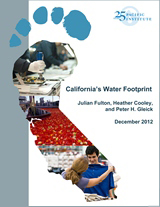
California’s Water Footprint
December 11, 2012 | publication
This report offers the first comprehensive assessment of California’s water footprint.
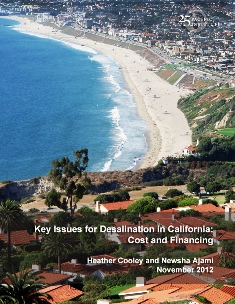
Key Issues in Seawater Desalination in California: Costs and Financing
November 27, 2012 | publication
Seawater desalination is gaining traction as a potential solution to water supply challenges in California, but economics – specifically, the cost of the water produced and the complex financial arrangements needed to develop a project – will ultimately determine the success and extent of this technology.
Sustainability Standards and Public Governance
November 26, 2012 | publication
An emerging theme of the framing project from its inception in 2009 was the growing awareness of the significance and complexity of the interactions between voluntary, non-governmental sustainability standards and national and international governance, raising fundamental questions about standards development, use, legitimacy and sustainability.

From Storage to Retention: Expanding California’s Options for Meeting its Water Needs
November 11, 2012 | publication
California’s ability to grow its wealth of specialty crops depends on retaining and storing water from the state's wet season for use during the long, dry summer season.
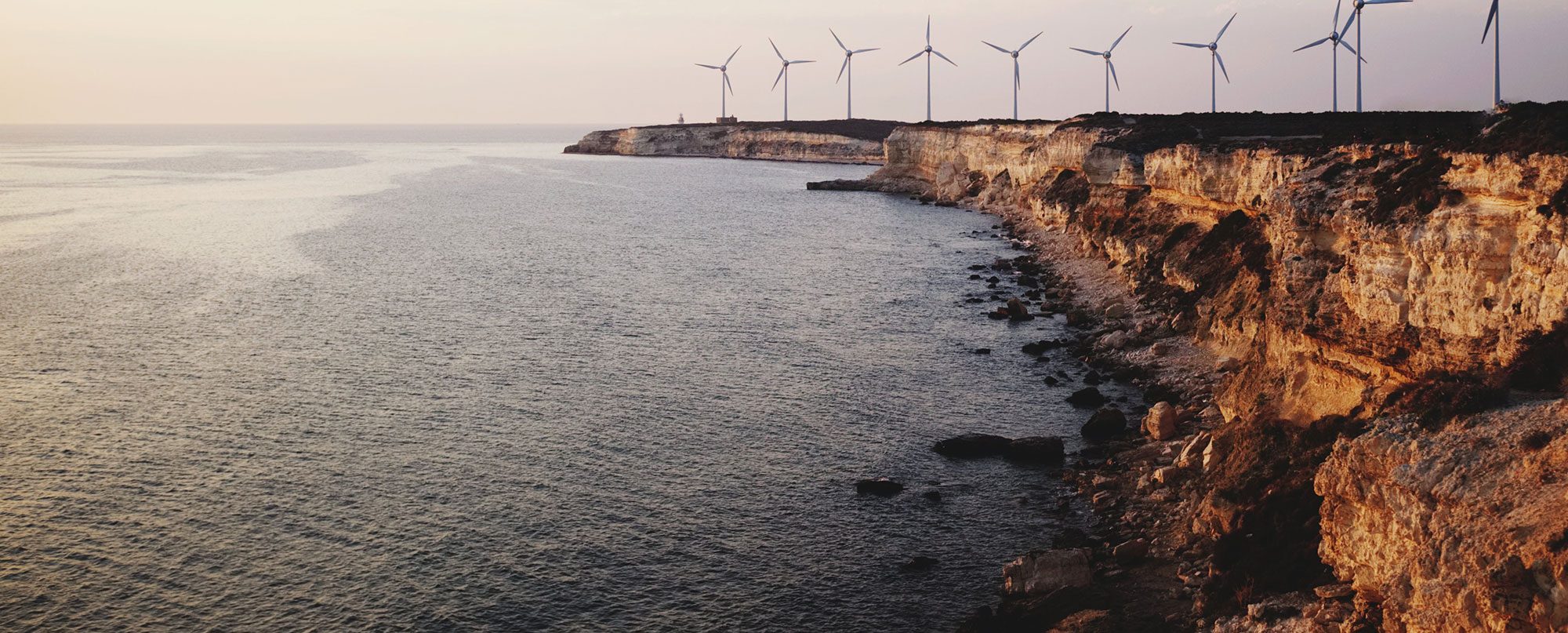
Sustainable Water Management
October 20, 2012 | post
Water is life. Growing pressure on water resources – from population and economic growth, climate change, pollution, and other challenges – has major impacts on our social, economic, and environmental well-being. Many of our most important aquifers are being over-pumped, causing widespread declines in groundwater levels.

Corporate Water Stewardship
October 12, 2012 | post
Companies around the world increasingly recognize the risk that water scarcity, pollution, and weak water governance have to their core business. They are beginning to acknowledge the need to manage water as a key input to production and better address the ways in which their water use and wastewater discharge can affect nearby ecosystems and communities.
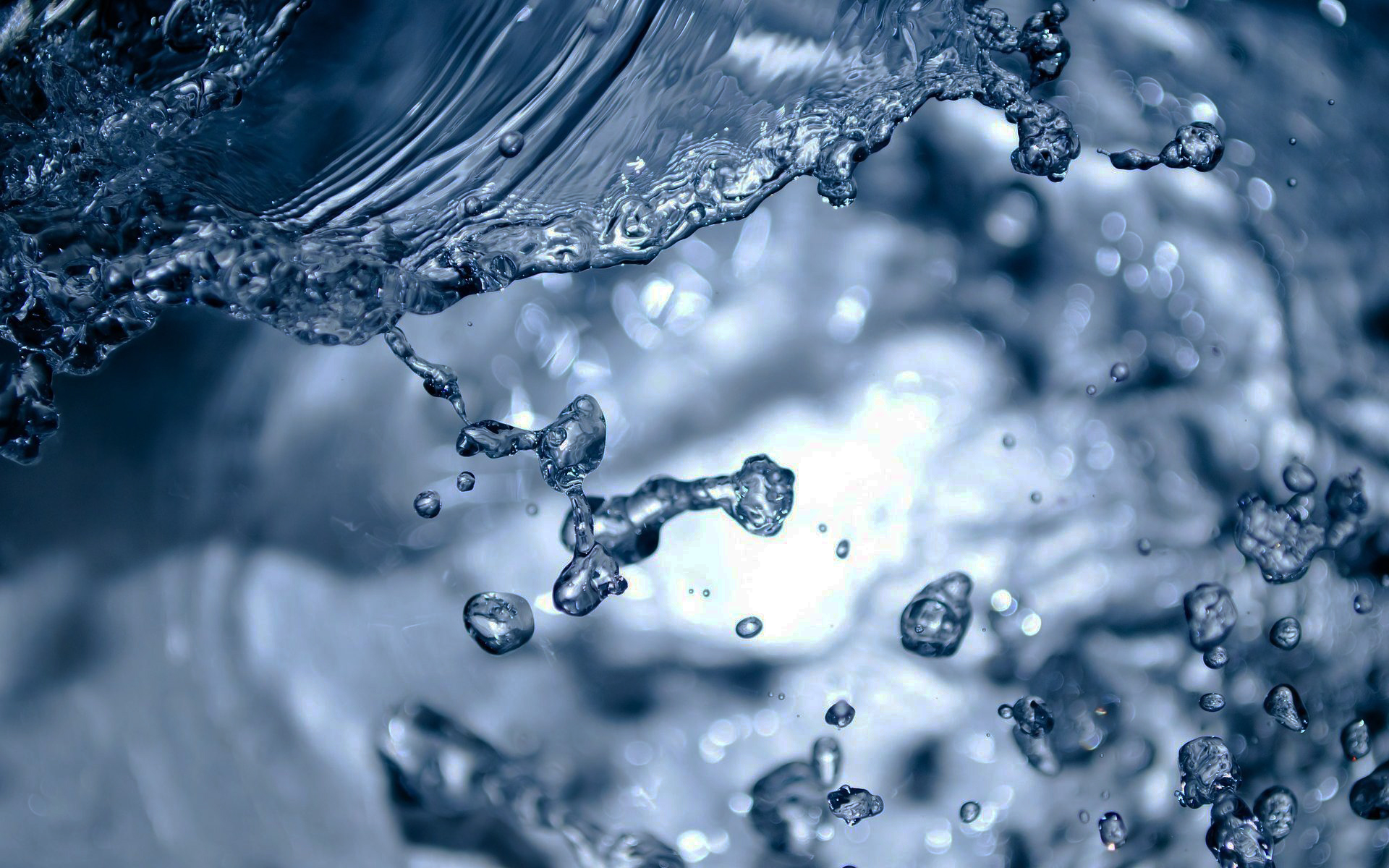
Water and Poverty
October 10, 2012 | post
It is everyone’s wish to be able to wake up each day and turn on a tap that provides a safe, constant source of drinking water, but this does not happen in the lives of nearly one billion people who live without access to potable water. With no option, they rely on polluted surface and groundwater sources which are also the main sources of water-related disease such as diarrhea, typhoid, cholera, and worm infection. Infectious, water-related illness can keep victims out of work for long periods of time, prevent school attendance, and even result in death: UNICEF reported that about 4,500 children die every day from preventable, water-related diseases.

Water-Energy Nexus
October 10, 2012 | post
Throughout the 20th century, the connections between water and energy were largely ignored. Water systems were designed and constructed with the assumption that energy would be cheap and abundant.

Environmental Health and Justice
October 9, 2012 | post
Who profits from our use of environmental resources? Who suffers the consequences of pollution and environmental degradation? Creating and sustaining healthy and thriving neighborhood environments is a challenge, particularly in low-income neighborhoods and communities of color, who carry disproportionate environmental burdens.

Empowering People and Communities
October 9, 2012 | post
Fundamental needs for environmental health, including safe water and sanitation, justice, and sustainability in poor and low-income communities around the world are not being met because of underinvestment, poor investment decisions, inappropriate technologies, ineffective systems of operation and maintenance, poor governance, and the failure to involve local residents in the decision-making process.

Notes from the Field: Mobile Phones Within Reach
September 26, 2012 | post
Due to their ubiquity in low- and lower-middle income countries, mobile phones are being used throughout the developing world to connect the poor with a range of information and services that can transform their lives...
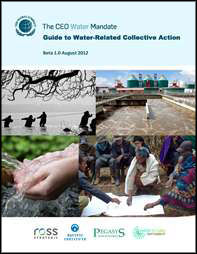
Guide to Water-Related Collective Action and Water Action Hub
August 29, 2012 | publication
Global water challenges must be addressed through collective action, where multiple stakeholders collaborate on shared water stewardship goals.
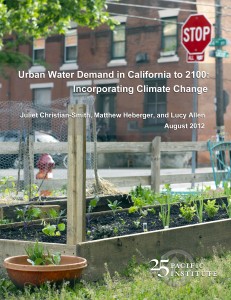
Urban Water Demand in California to 2100: Incorporating Climate Change
August 28, 2012 | publication
Climate change will have significant impacts on California water supply and demand. Research shows that the state’s changing climate will lead to increased water use in cities and suburbs, while water supply is expected to diminish.
Bringing a Human Rights Lens to Corporate Water Stewardship
August 26, 2012 | publication
Expectations that business will respect, and in some cases support or help fulfill, internationally recognized human rights have increased over the past decade.

Notes from the Field: Resident Says He Would Use Information from Community Choices for Water Tool to Be an Agent of Change
August 13, 2012 | post
Jean Zoundiis a 51-year-old man from Bissighin, a community located in the Commune of Saaba, which is about 25 km East of Ouagadougou in Burkina Faso.
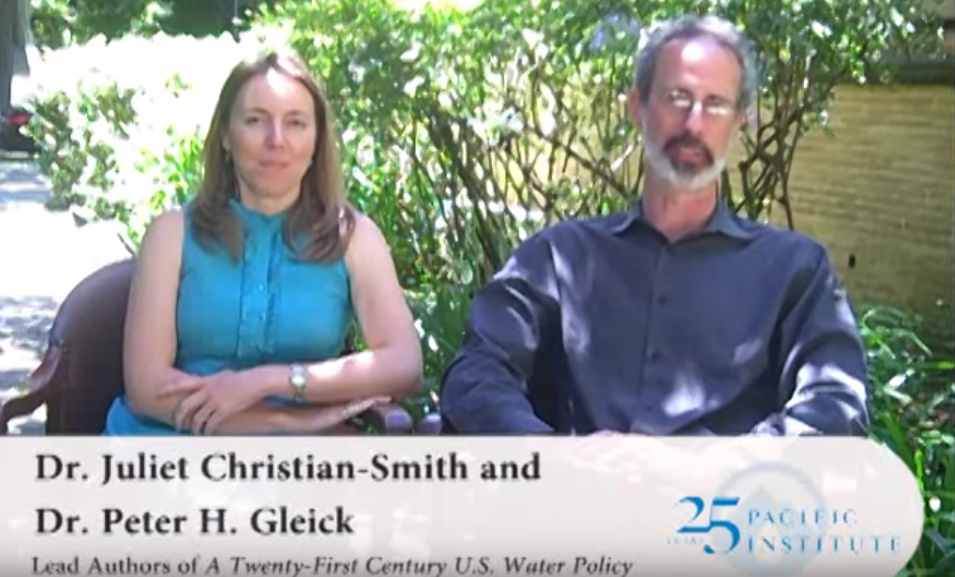
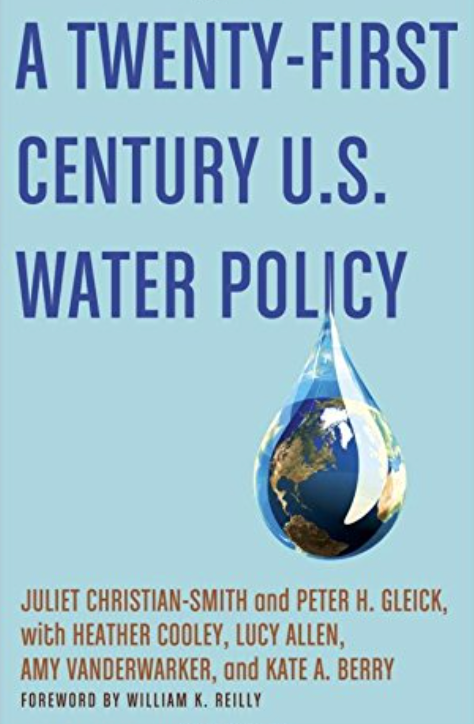
A Twenty-First Century U.S. Water Policy
July 31, 2012 | publication
This book provides the first independent assessment of water issues and water management in the United States in many decades, addressing emerging and persistent challenges from the perspectives of science, public policy, environmental justice, economics, and law.
Page 48 of 59


